FMCG: Ads not catching up with sales speed?
Financial reports from major FMCG companies reveal a declining ratio of ad spending to revenue. Experts analyze the reasons behind this shift
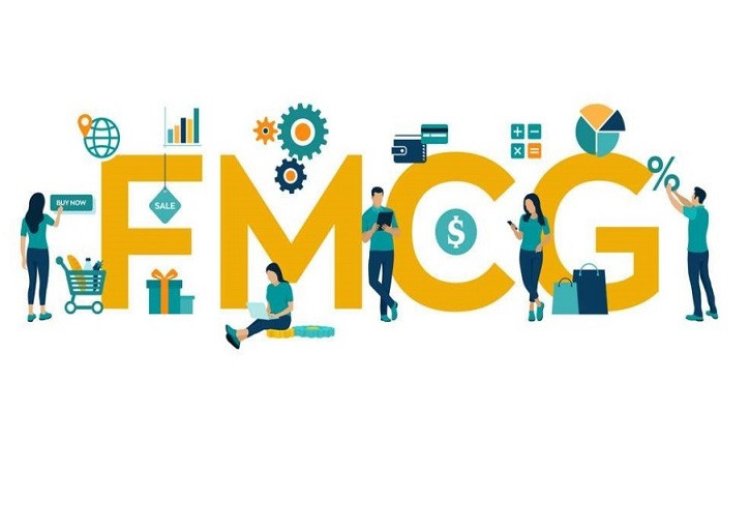
The fast-moving consumer goods (FMCG) sector in India has traditionally been a heavyweight in the country's advertising landscape, consistently commanding a significant portion of the advertising expenditure (AdEx). Even amidst the challenges posed by the Covid-19 pandemic and economic downturns, FMCG companies have maintained their dominance, accounting for nearly one-third (Rs 31,000 Crores in 2023) of the total AdEx.
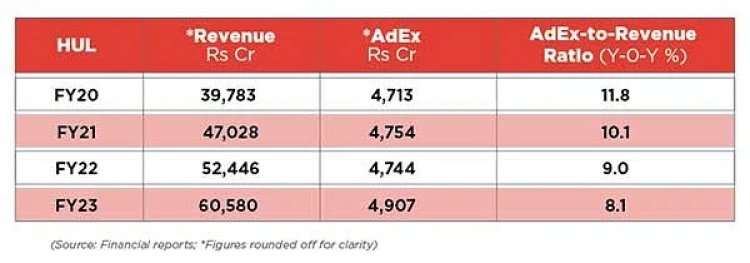

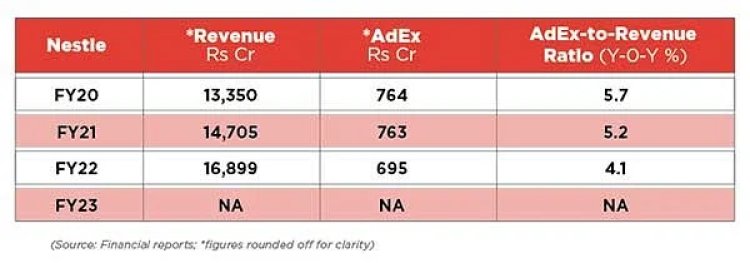
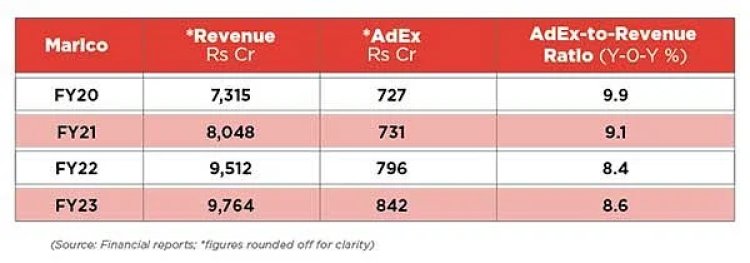
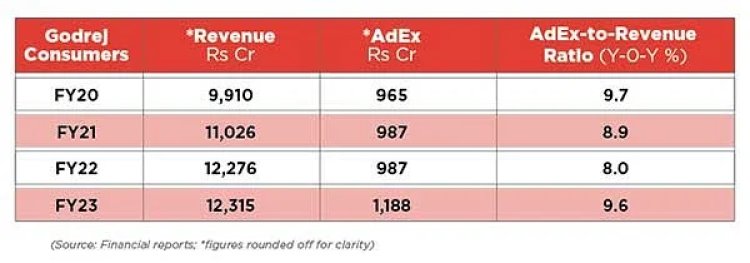
However, recent analyses of financial reports from leading FMCG players reveal a concerning trend: advertising expenses are not aligning with revenue growth. Despite witnessing steady revenue increases, companies like HUL, Dabur, Marico, and Nestle are not proportionally increasing their advertising spends.
For example, Dabur experienced consistent revenue growth between FY20 and FY23, ranging from 2.3% to 12.0% year-on-year. However, their advertising expenses saw fluctuations, with declines observed in recent years. Similar patterns were noted with other major players like HUL and Marico.
Historically, FMCG giants allocated 7-12% of their revenue to advertising and promotional activities. However, recent data indicates a decline, with the share dropping to 5-7% in 2023.
Several factors may contribute to this shift. Marketing officials from FMCG companies suggest that certain expenses, such as those directed towards retailers, may not be categorized as advertising and promotional expenses. Additionally, ad spends often revolve around new product or category launches, which may not directly correlate with revenue.
Experts also point to stagnant advertising rates in traditional media channels like TV and print as a reason for the declining ad expenditures. As consumer behavior increasingly shifts towards digital platforms, FMCG companies are redirecting their marketing budgets to digital advertising to engage with their target audiences effectively.
Anil Solanki, Senior Director at dentsuX, highlights the advantages of digital advertising, including lower costs, precise targeting capabilities, and real-time performance tracking. He emphasizes that FMCG companies are adapting to changing consumer preferences by allocating more resources to digital channels.
Looking ahead, industry experts predict a widening gap between FMCG firms' revenue and advertising expenditure, driven by the expanding reach of the internet in India. As digital media becomes increasingly accessible, FMCG brands are expected to further increase their investments in digital advertising to capitalize on its potential for reach and engagement.
However, it's essential to approach this shift with caution, as the digital advertising landscape is still evolving, and tracking spending across all platforms may take time to mature.

 Sumit Rawat
Sumit Rawat 










